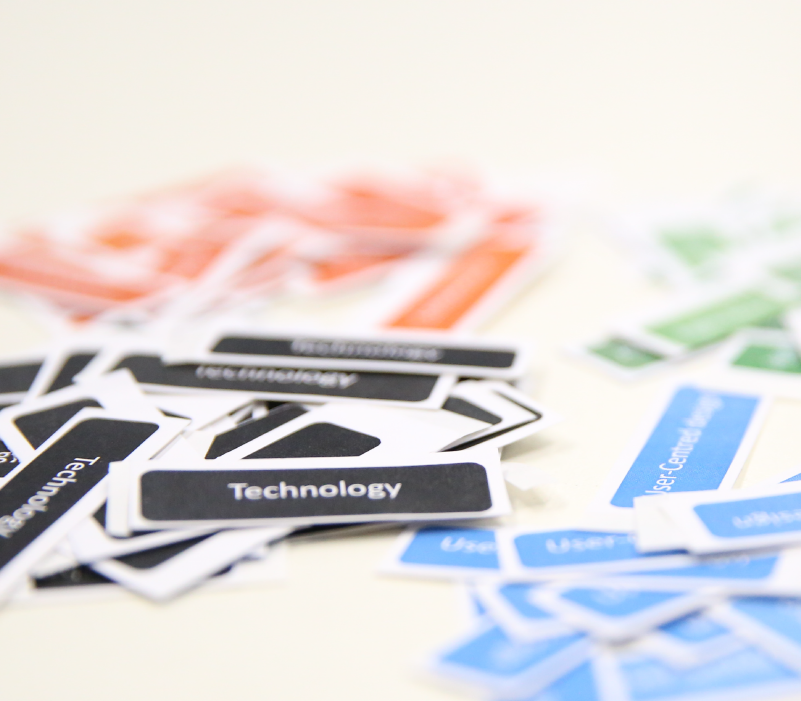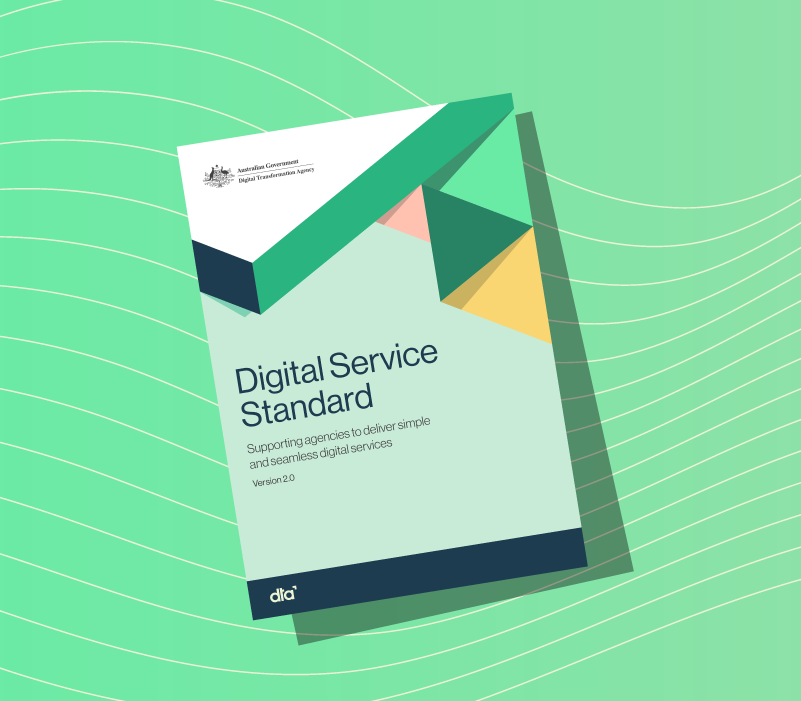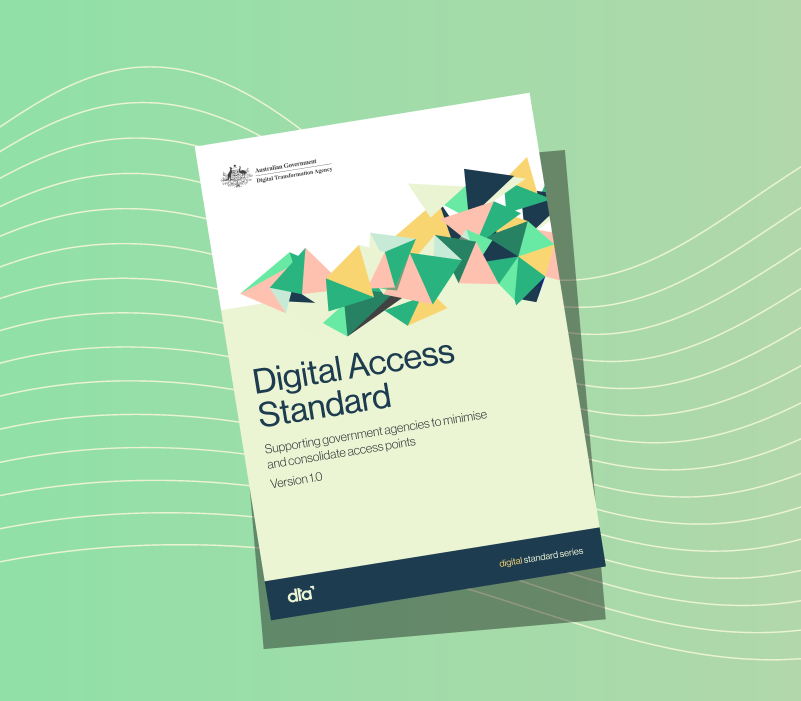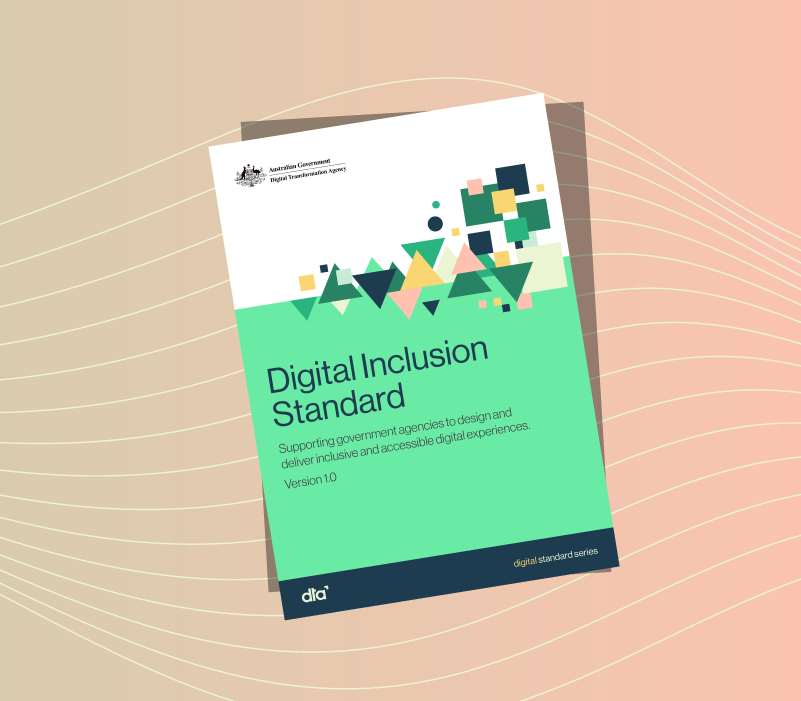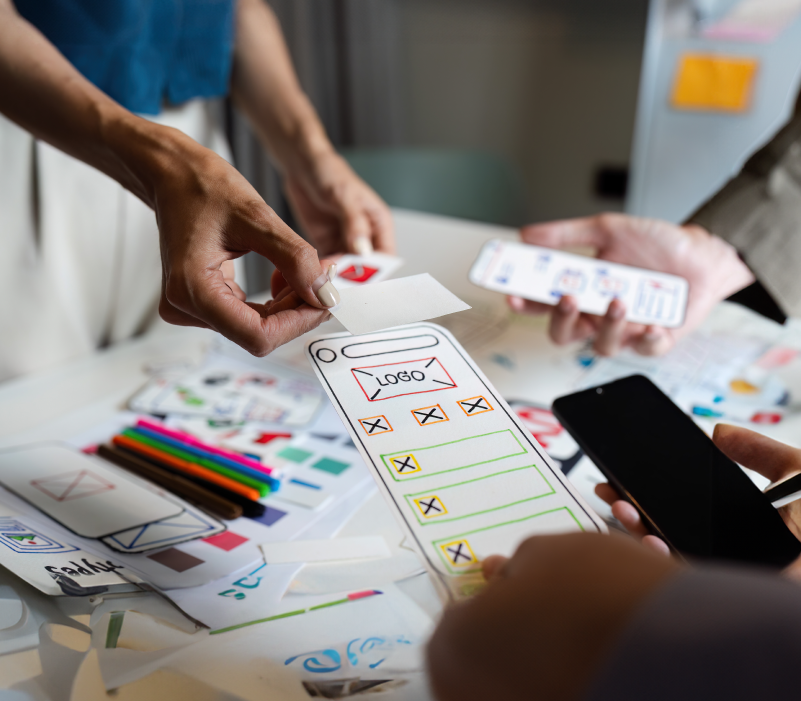-
Introducing the Digital Inclusion Standard
The Digital Inclusion Standard incorporates a wealth of thinking and research traditionally residing in siloed user groups. It seeks to build upon and elevate best practices to a whole-of-government level to foster digital inclusion and accessibility for all people and business.
The Digital Inclusion Standard is part of a suite of standards and guidance that sits within the Digital Experience Policy. The Digital Experience Policy supports a whole-of-government focus on improving the experience for people and business interacting digitally with government information and services. The Digital Experience Policy includes a suite of standards and guidance that supports agencies to deliver cohesive and consistent digital experiences, including but not limited to the Digital Service Standard, the Digital Performance Standard and the Digital Access Standard.
The Digital Inclusion Standard builds on the new Digital Service Standard Criterion 3 – Leave No One Behind, forming part of a set of standards and guidelines committed to improving digital experiences across government.
The scope of the Digital Inclusion Standard aligns to a digital experience (as defined in the Services covered by the Digital Inclusion Standard page). The Digital Inclusion Standard does not attempt to address barriers related to:
- access or infrastructure
- affordability
- non-digital services.
These issues are the focus of a range of government digital inclusion programs and initiatives.
Off -
-
-
Example – new services designed or redesigned from 1 July 2024
Any new digital or ICT-enabled proposals coming forward in the 2024-25 MYEFO context will need to meet the requirements of the Digital Service Standard Version 2.0, as per the Investment Oversight Framework.
-
Phase 2 – Existing public-facing services
From 1 July 2025, services that meet the following criteria will be required to meet Version 2.0 of the Digital Service Standard:
- public-facing
- owned by non-corporate Commonwealth entities
- all existing informational and transactional services.
Note: existing staff facing services are excluded.
-
Example – existing public-facing services
Public-facing services in existence prior to 1 July 2024 will be required to update their services to meet the requirements under Version 2.0 of the Digital Service Standard from 1 July 2025 or seek an exemption from the DTA.
-
Introducing the Digital Access Standard
The Digital Access Standard is not mandating one login for users or a single front door for government digital services, but careful consideration into the creation of new access points and investigation into the benefits of the consolidation of multiple access points.
Australian Government digital services are currently dispersed across multiple agency websites, portals and apps. This means that people need to understand how government works to find the support and services they need, leaving them to navigate a fragmented and decentralised digital government landscape. The myGov User Audit called for a consolidation of digital services across government to stop this situation from worsening. A coordinated approach moving government agencies towards a more centralised digital landscape is needed to support people in navigating government services.
The Digital Access Standard is part of a suite of standards and guidance that sits within the Digital Experience Policy. The Digital Experience Policy supports a whole-of-government focus on improving the experience for people and business interacting digitally with government information and services. The Digital Experience Policy includes a suite of standards and guidance that supports agencies to deliver cohesive and consistent digital experiences, including the Digital Service Standard, the Digital Inclusion Standard and the Digital Performance Standard.
To support a common experience for users, the Digital Access Standard extends on Criterion 4 ‘Connect services’ and Criterion 6 ‘Don’t re-invent the wheel’ of the Digital Service Standard. The Digital Access Standard sets criteria that agencies must meet to determine where their new digital service fits into the whole-of-government digital service landscape. The criteria will help agencies assess if a new access point is required or if they can reuse existing platforms and capabilities.
This policy will ensure agencies design and deliver digital services in consideration of the broader government landscape, including the Data and Digital Government Strategy, the Digital Service Standard and the Digital and ICT Reuse Policy.
The Digital Access Standard supports the Data and Digital Government Strategy and Digital Service Standard by promoting consistency across digital services and making sure services:
- are accessible
- are secure
- are transparent
- meet the needs of people and business.
-
-
-
Search Australian Government digital policy
Australian Government Architecture (AGA), making it easier to understand how the directions and decisions of government for digital fit together.
-
Criterion 5 – Engage with delivery partners
-
Engage with delivery partners to establish a successful, collaborative and trusted partnership.
-
Seek out government delivery partners early
- Engage early: Do research to identify key stakeholders both internally and across the Australian Public Service. Engage delivery partners from the beginning and often to foster a trusted, transparent and collaborative partnership. Include delivery partners in every phase of the Service design and delivery process, involving them in the decision-making, design and testing of your digital service solution.
- Understand your part: Engage with delivery partners to determine what requirements the service needs to meet to join up with the capabilities and platforms on offer. Ensure that responsibilities are clearly defined up front.
-
Establish open communication lines
- Include your delivery partners: Set up combined agile ceremonies, user experience activities and other team events as one team so everyone remains across requirements. Make sure they’re also accountable for the delivery of your digital service by establishing obligations and commitments through agreed governance mechanisms.
- Build to support future connection: Where immediate connection or partnership may not be possible, work with delivery partners to understand how to build within the requirements for potential future connections. Maintain a continuous communication channel to support ongoing engagement.
-
Questions for consideration
- What is the scope of services the delivery partner offers?
- What are the onboarding and other requirements to join up with existing capabilities and platforms?
- Can the delivery partner meet the delivery timeframes?
-
Guidance and resources
- Digital Access Standard Guidelines
- Guide to the right engagement | DISR
- Engagement & Partnership | APS Learn
- Guide to Best Practice Planning Engagement | WA.gov.au
-
-
-
Guidance to engage with delivery partners
-
Back to the Digital Access Standard
-
Introducing the Digital Performance Standard
The Digital Performance Standard is part of a suite of standards and guidance under the Digital Experience Policy. The Digital Experience Policy supports a whole-of-government focus on improving the experience for people and business interacting digitally with government information and services. The Digital Experience Policy includes a suite of standards and guidance that supports agencies to deliver cohesive and consistent digital experiences, including the Digital Service Standard, the Digital Inclusion Standard and the Digital Access Standard.
The Digital Performance Standard builds on Digital Service Standard Criteria 9 – Monitor your service. It establishes requirements for monitoring and centrally reporting the performance of government digital services. In doing so, it supports the Data and Digital Government Strategy’s mission to put people and business at the centre of government digital services.
The Digital Performance Standard will be integrated into the Digital and ICT Investment Oversight Framework (IOF) at each stage of the project lifecycle. This makes sure government’s ICT investments are delivering the benefits stated to the public by providing improved digital experiences.
The Digital Transformation Agency (DTA) will regularly review the Digital Performance Standard as government service delivery and digital services mature. Improvements will be made in line with agency application and feedback.
Off -
-
Connect with the digital community
Share, build or learn digital experience and skills with training and events, and collaborate with peers across government.


